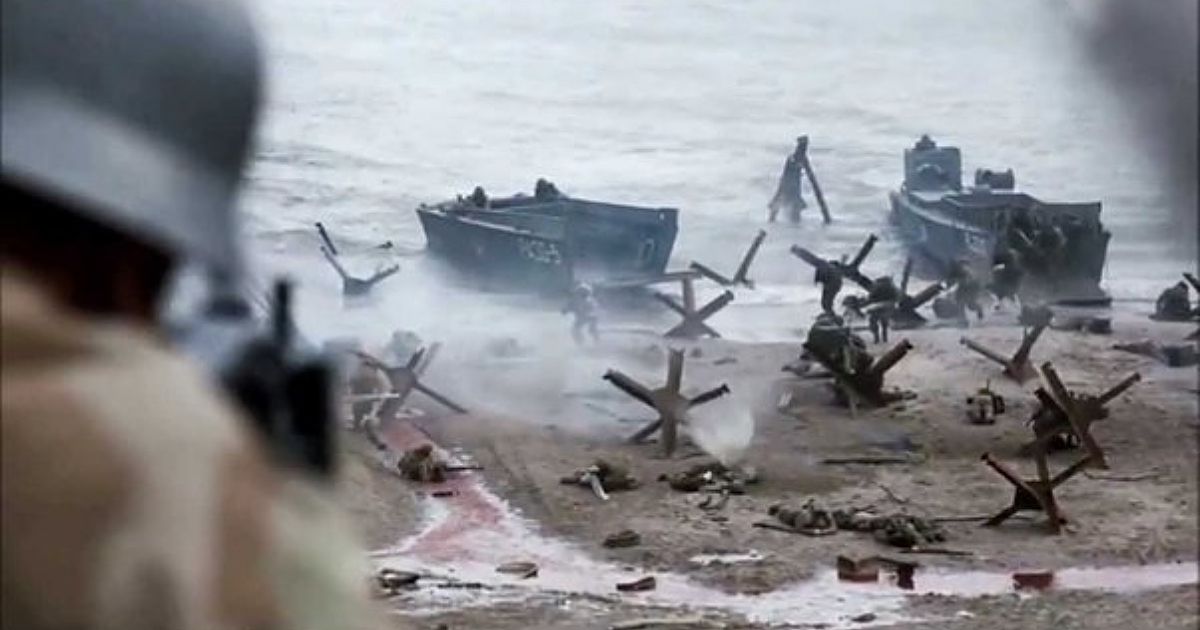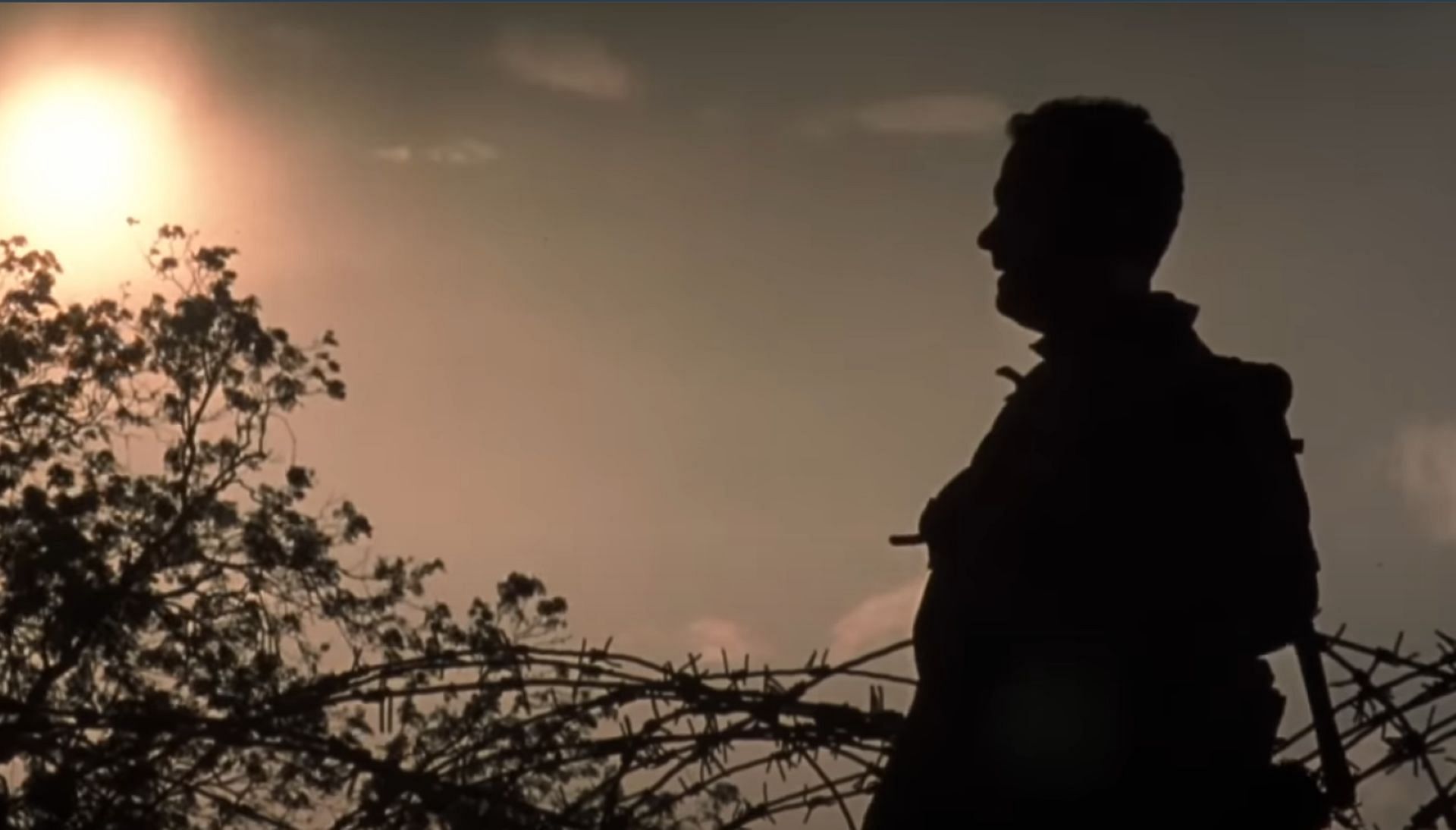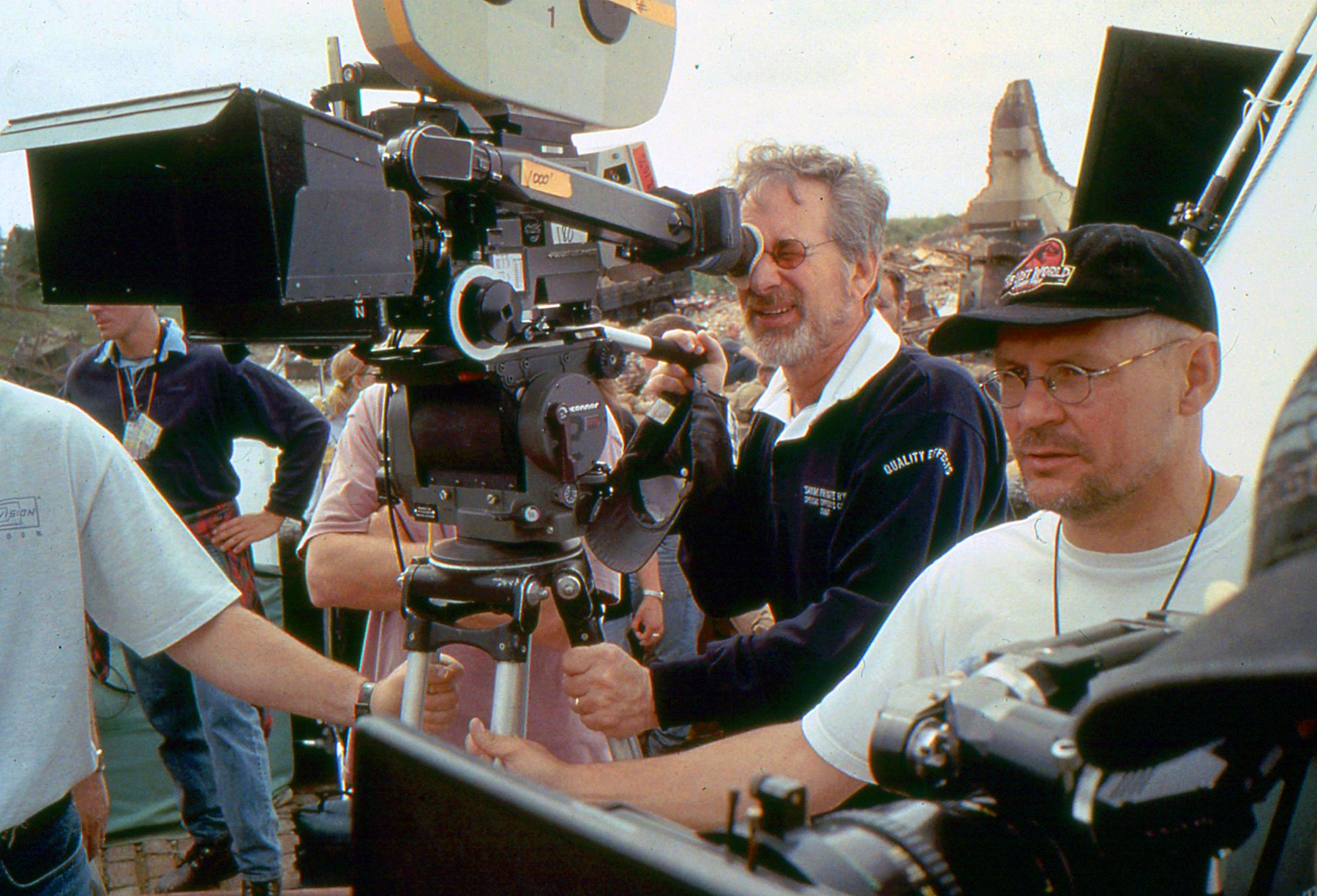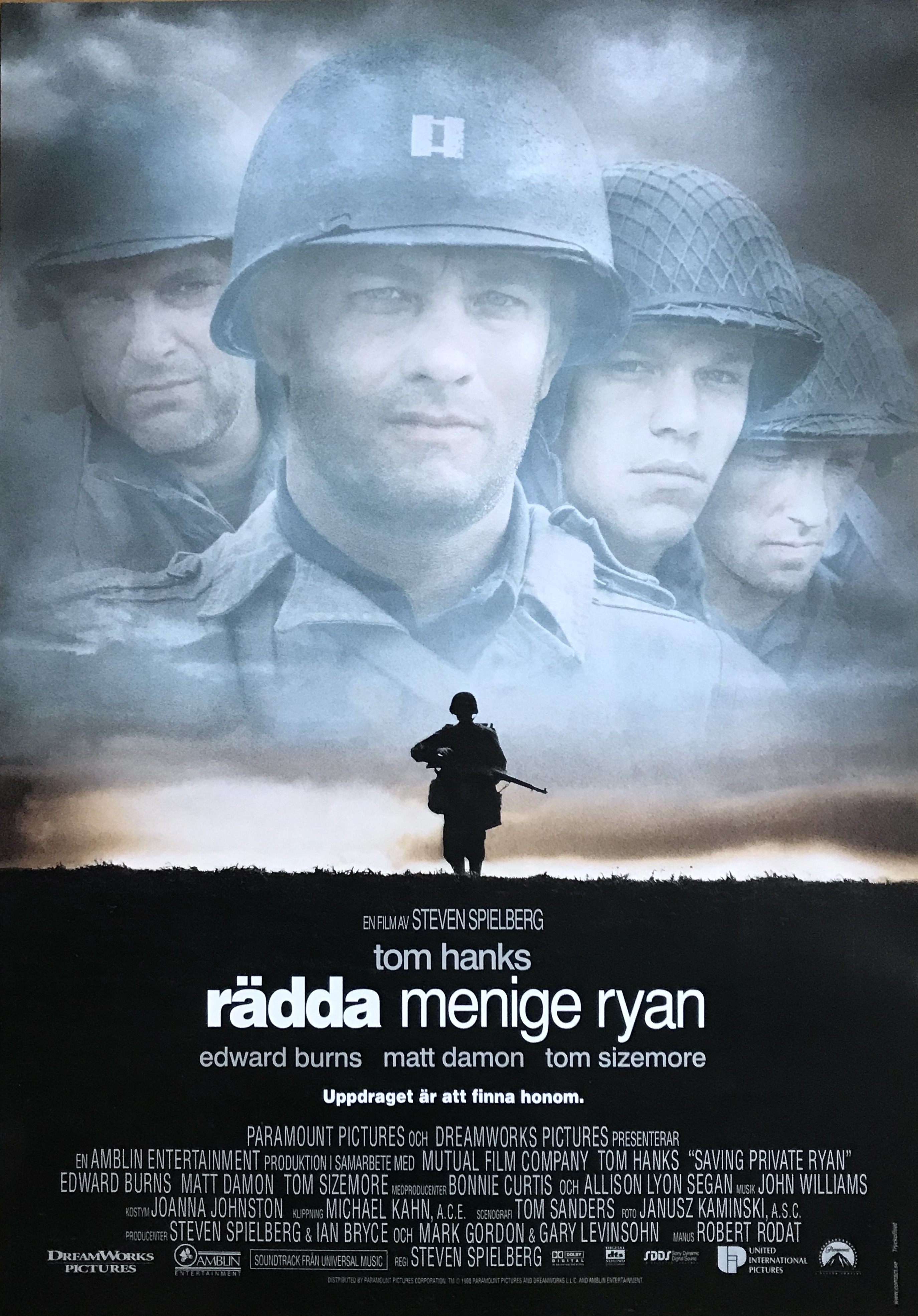Steven Spielberg’s “Saving Private Ryan” is often heralded as one of the most impactful war films ever made. Released in 1998, it revolutionized the way war stories were told on screen, particularly with its unflinching depiction of the horrors of World War II. However, the film exists within a vast genre of war films, each with its unique approach to storytelling, themes, and emotional resonance. This article delves into a comparative analysis of “Saving Private Ryan” and other notable war films, exploring their narrative structures, thematic elements, and historical accuracy.
Thematic Exploration of War

War films often grapple with complex themes such as courage, sacrifice, camaraderie, and the moral ambiguities of combat. “Saving Private Ryan” excels in these areas, presenting a gritty realism that challenges the glorification of war.
Courage and Sacrifice
In “Saving Private Ryan,” the narrative centers around a squad of U.S. soldiers tasked with finding and bringing home Private James Ryan, whose brothers have been killed in action. The film poignantly illustrates the sacrifices made by soldiers for the sake of their comrades and the nation, encapsulated in the harrowing D-Day landing scene that sets the tone for the entire film. This moment starkly contrasts with the more romanticized portrayals of heroism found in earlier war films.
- Example: In John Wayne’s “The Longest Day” (1962), the portrayal of the D-Day invasion is more polished and heroic, lacking the visceral intensity that characterizes Spielberg’s work.
- Example: “Full Metal Jacket” (1987) by Stanley Kubrick also examines the theme of sacrifice but does so through a satirical lens, showcasing the dehumanizing aspects of military training and the absurdity of war.
Camaraderie and Brotherhood
Another prominent theme in “Saving Private Ryan” is camaraderie. The bond between soldiers is depicted through shared experiences and the dangers they face together. This theme resonates deeply with audiences, as it mirrors real-life military relationships.
- Example: “Band of Brothers” (2001), a miniseries produced by Spielberg and Tom Hanks, further explores this theme, chronicling the experiences of Easy Company from D-Day through to the end of World War II.
- Example: “We Were Soldiers” (2002) also emphasizes brotherhood, focusing on the Vietnam War and the bonds formed between soldiers amidst chaos.
Historical Accuracy vs. Artistic License

One of the defining features of “Saving Private Ryan” is its commitment to historical accuracy, particularly evident in its depiction of the Omaha Beach landing. Spielberg employed a combination of meticulous research and practical effects to create an authentic representation of warfare.
- Example: The film’s opening sequence is often praised for its realism, utilizing techniques such as shaky camera work and graphic depictions of violence to immerse viewers in the experience.
- Example: Conversely, films like “Pearl Harbor” (2001) prioritize romantic subplots over historical fidelity, leading to criticism for its lack of authenticity.
Artistic Interpretation

While “Saving Private Ryan” is grounded in historical events, other films often take artistic liberties to convey emotional truths. For instance, “Apocalypse Now” (1979) uses the Vietnam War as a backdrop for a surreal exploration of madness rather than a direct historical narrative.
- Example: “1917” (2019) employs a unique storytelling technique, creating the illusion of a continuous shot to heighten the emotional stakes of its narrative, despite being a fictional story set during World War I.
- Example: “The Thin Red Line” (1998) offers a philosophical take on war, focusing more on the internal struggles of soldiers than on historical accuracy.
Visual Representation and Cinematic Techniques
The cinematography and visual representation of war significantly impact how audiences perceive and understand the experiences depicted in these films. “Saving Private Ryan” is renowned for its groundbreaking cinematography, particularly its use of handheld cameras and desaturated colors, which contribute to the film’s raw and visceral feel.
Innovative Techniques in Saving Private Ryan

The film’s realistic portrayal of battle sequences set a new standard for war films, influencing countless filmmakers in the years that followed.
- Example: The use of slow motion during combat scenes serves to heighten the emotional impact, allowing viewers to process the gravity of each moment.
- Example: Spielberg’s decision to shoot the film with a grainy texture mimics the look of archival footage, enhancing the sense of authenticity.
Contrasting Cinematic Styles
In contrast, other war films adopt varied cinematic styles:
- Example: “Full Metal Jacket” employs a stark, almost clinical approach to cinematography, reflecting the film’s critical stance on military culture.
- Example: “Dunkirk” (2017) uses a non-linear narrative and minimal dialogue to create a sense of urgency and tension, focusing on the evacuation of British troops during World War II.
Emotional Impact and Audience Reception
The emotional resonance of “Saving Private Ryan” has been widely acknowledged, making it a benchmark against which other war films are measured. The film’s ability to evoke empathy and provoke thought about the nature of sacrifice in war is a testament to its powerful storytelling.
Critical Acclaim and Awards
“Saving Private Ryan” received significant critical acclaim, winning five Academy Awards, including Best Director for Spielberg. Its profound impact on audiences can be seen in various metrics:
- Over 500,000 copies sold in its first week of DVD release.
- It has an IMDb rating of 8.6, indicating widespread appreciation among viewers.
Comparative Reception of Other War Films
Other war films have also left their mark, though with varied reception:
- “Apocalypse Now” has garnered critical acclaim, often appearing on lists of the greatest films of all time, but has a more niche audience due to its surrealism.
- “Hacksaw Ridge” (2016), while commercially successful and praised for its portrayal of faith and bravery, didn’t achieve the same iconic status as “Saving Private Ryan.”
Conclusion: The Legacy of Saving Private Ryan
In conclusion, “Saving Private Ryan” stands as a monumental achievement in the war film genre, distinguished by its realistic portrayal of battle, deep thematic exploration, and emotional resonance. While other war films offer unique perspectives and storytelling techniques, Spielberg’s masterpiece remains a touchstone for evaluating the genre’s capacity to convey the complexities of war. Its influence is evident in the works that followed, shaping the narrative and visual language of war cinema. As audiences continue to seek meaningful representations of conflict, the legacy of “Saving Private Ryan” endures, reminding us of the sacrifices made by those who serve and the profound impact of their stories.




